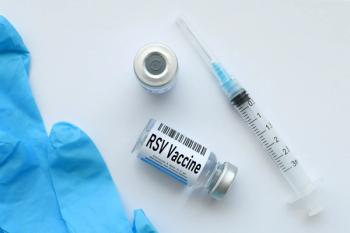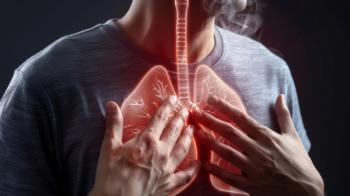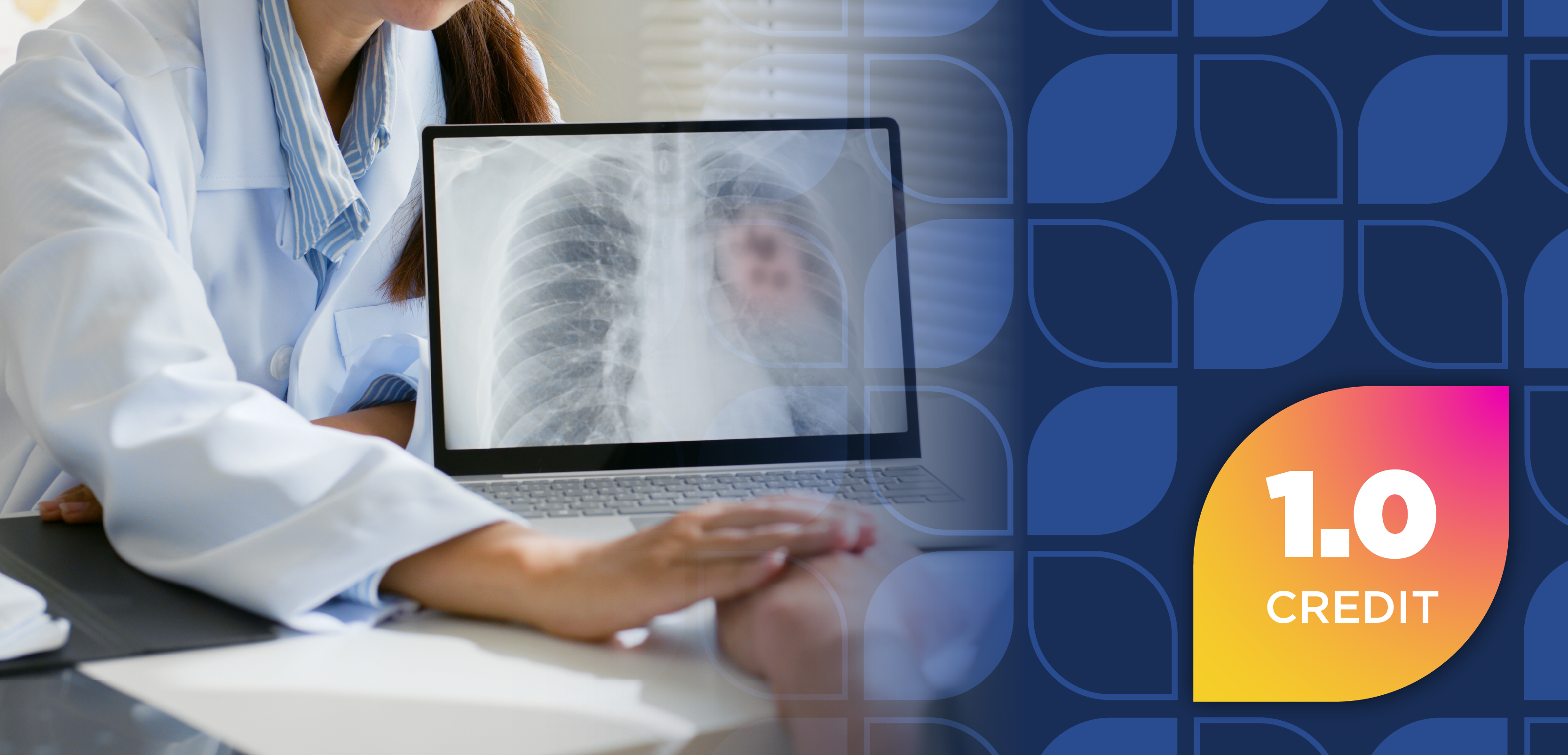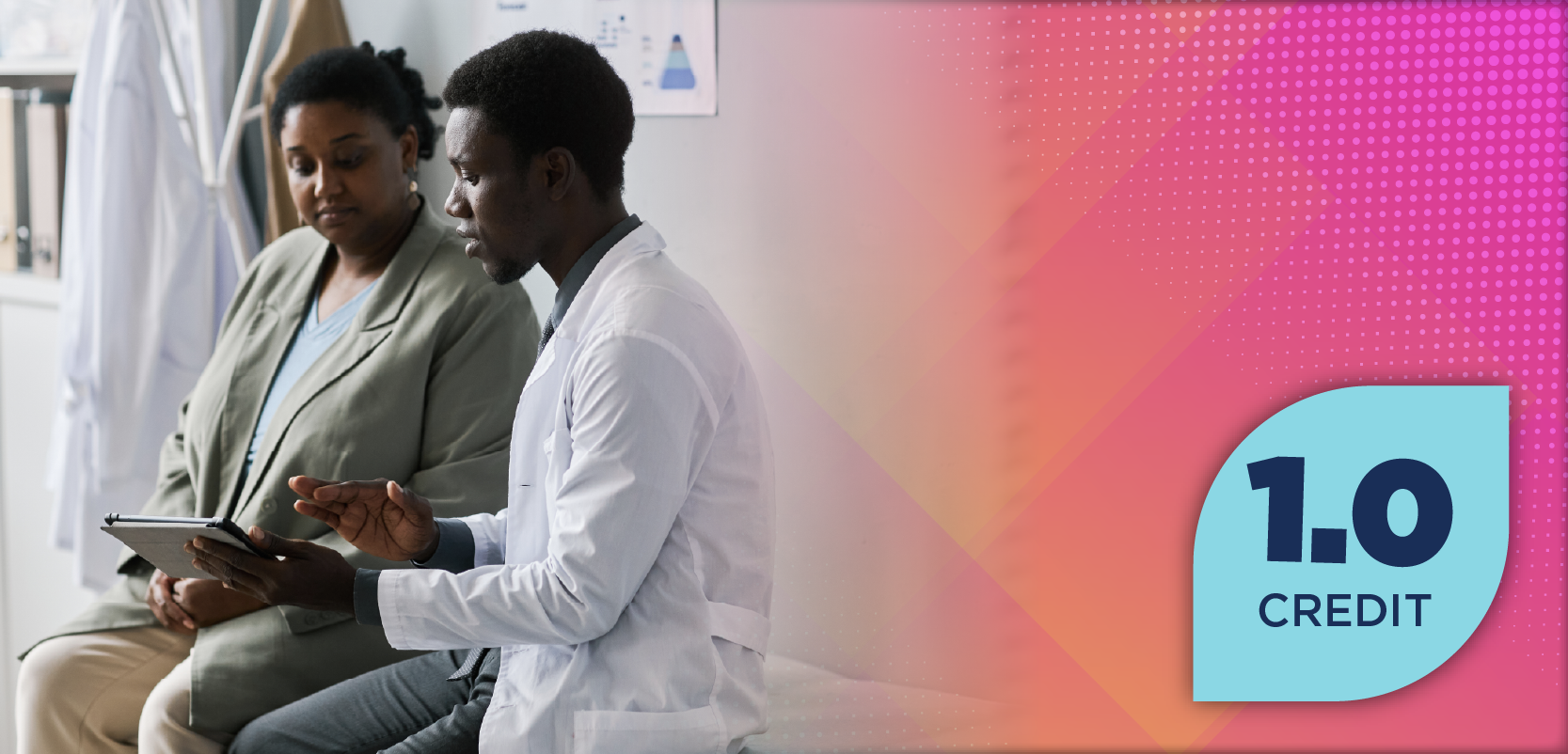
GPRC5D-Targeted CAR T-Cell Therapy Shows Promise After BCMA Treatment Failure
Key Takeaways
- GPRC5D-directed CAR T-cell therapy showed an 84% overall response rate in patients with RRMM post BCMA CAR T-cell therapy failure.
- Investigators reported common hematologic toxicities, including grade 3 or 4 leukopenia, lymphopenia, and neutropenia.
The salvage therapy led to an 80% overall response rate in patients with relapsed/refractory multiple myeloma.
More than 80% of patients with relapsed/refractory multiple myeloma (RRMM) who progressed after B-cell maturation antigen (BCMA) chimeric antigen receptor (CAR) T-cell therapy achieved favorable responses to GPRC5D-directed CAR T-cell therapy, according to data from a small study in China (ChiCTR2100048888). The authors from the Affiliated Hospital of Xuzhou Medical University published their findings in Lancet Haematology.1
CAR T-cell therapy and the discovery of biomarkers such as BCMA, CD19, and GPRC5D have led to significantly improved outcomes for patients with RRMM. These biomarkers are among the most prominent targets for CAR therapies. For example, GPRC5D is found in approximately 90% of patients with MM. Despite the substantial success of these therapies, resistance and relapse remain key barriers to optimal treatment outcomes.2
Optimal salvage treatment strategies are unknown for patients with RRMM who progress after receiving BCMA-targeting CAR T-cell therapy. This led the researchers to investigate the potential efficacy and safety of GPRC5D-directed CAR T-cell therapy for these patients. The phase 2, open-label, single-arm, phase 2 trial enrolled 37 patients (median age, 59 years [IQR, 51-65]; 46% male, 54% female) with RRMM who progressed after anti-BCMA CAR T-cell therapy and had a life expectancy of more than 12 weeks and no active infections or serious liver, heart, or other diseases. Each patient received a single dose of intravenous anti-GPRC5D CAR T-cells at 2 × 106 cells per kg.1
The study's primary end point was overall response rate (ORR), inclusive of stringent complete response, complete response, very good partial response, and partial response. The researchers also performed activity and safety analyses.1
At the median follow-up of 12.6 months, the ORR was 84% (95% CI, 68%-94%; 31 of 37 patients), including 22% stringent complete responses, 14% complete responses, 14% very good partial responses, and 35% partial responses.1,3
The most common adverse events were hematologic toxicities, including leukopenia (n = 34; 92%), lymphopenia (n = 36; 97%), neutropenia (n = 29; 78%), anemia (n =23; 62%), and thrombocytopenia (n = 23; 62%), all of which were grade 3 or 4. Twenty-six patients developed cytokine release syndrome, of which 2 cases were grade 3.1
“Anti-GPRC5D CAR T-cell salvage therapy induced a high response rate and could be a potential treatment option in patients with [RRMM] who had progressed after anti-BCMA CAR T-cell treatment,” the authors wrote. “Further investigations are warranted to establish the long-term efficacy and safety of this therapeutic approach.”1
These findings highlight the potential of GPRC5D-directed CAR T-cell therapy as a promising salvage option for patients with RRMM following BCMA-targeted treatment failure. Continued research and longer follow-up will be essential to confirm the durability of responses and further define the therapy's role in the evolving MM treatment landscape. As of May 5, 2025, the trial is ongoing.
REFERENCES
1. Xia J, Sun Q, Zhou D, et al. Anti-GPRC5D CAR T-cell therapy as a salvage treatment in patients with progressive multiple myeloma after anti-BCMA CAR T-cell therapy: a single-centre, single-arm, phase 2 trial. The Lancet Haematol. Published online April 12, 2025. doi:10.1016/S2352-3026(25)00048-1
2. Gerlach A. Targeting resistance: navigating the complexity of the tumor microenvironment and CAR T-cell efficacy. Pharmacy Times. August 16, 2024. Accessed May 5, 2025. https://www.pharmacytimes.com/view/targeting-resistance-navigating-the-complexity-of-the-tumor-microenvironment-and-car-t-cell-efficacy
3. Bankhead C. High response rate in myeloma with novel CAR-T after anti-BCMA failure. MedPage Today. April 23, 2025. Accessed May 5, 2025. https://www.medpagetoday.com/hematologyoncology/myeloma/115242
Newsletter
Stay informed on drug updates, treatment guidelines, and pharmacy practice trends—subscribe to Pharmacy Times for weekly clinical insights.






































































































































































































